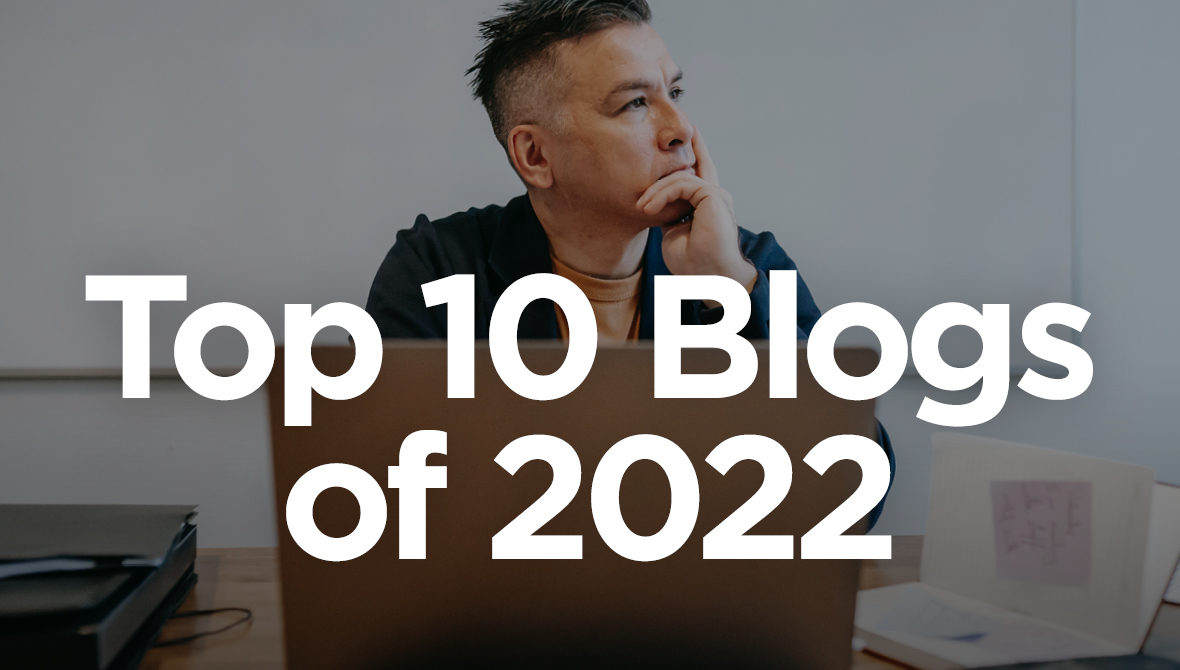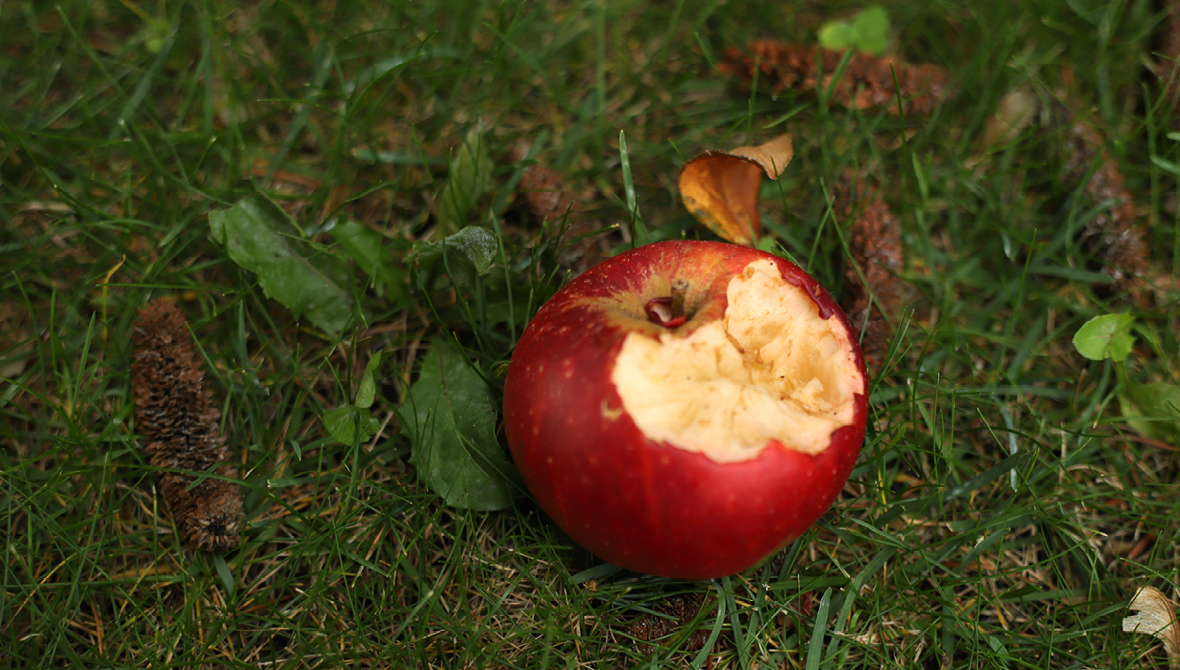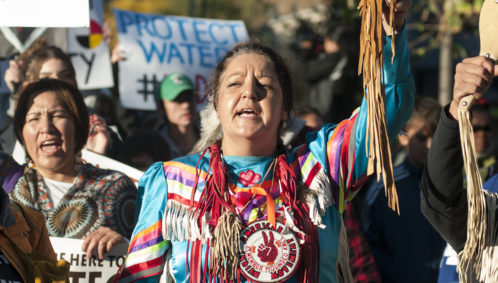Top 10 Blogs of 2022


This is my fourth time compiling and sharing the annual top 10 list of the Johnson Center’s most-read blogs of the year. Each time I prepare to write this overview, I start with the granular details — the number of pageviews, the authors, and the individual topics that resonated most with our audience during the 12-month period.
Then, I take a step back to think about the list as a whole.
What binds these topics together? Is a broader theme revealed when we consider why our readers were drawn to these particular topics, in this particular year?
For the most part, of course, I can only guess. But what came to mind as I reviewed this year’s list is that many of the most popular articles published in 2022 examine topics that feel very recent. New technologies like cryptocurrency and artificial intelligence are coming to bear on philanthropy. A movement to recognize Black and Indigenous community philanthropy is finally gaining traction. More organizations, managers, and funders are recognizing that traditional workplace and employment models need to change.
To me, the popularity of these topics demonstrates a real desire to do and see things done differently in our sector.
As the third year of the COVID-19 pandemic comes to a close, this list leads me to believe that people are ready to move on — and fast. Not necessarily to move on from the pandemic and the many cracks in our society that these extraordinary times have starkly revealed, but eager to move beyond the pre-pandemic status quo. To find and adopt new ways of nurturing and growing ourselves and our communities so that, together, we can thrive.
That’s what I see. What about you? What meaning do you make of this year in philanthropy and its challenges, opportunities, and advancements? As you scan this list and read the articles, let me know what you think ties them together.

It goes without saying that we at the Johnson Center — and all of us in the philanthropic sector — support more giving by more people. We celebrate that generosity can take many forms, including the giving of time, talent, treasure, testimony, and ties.
However, there are real occasions on which philanthropy can cause harm to communities, ecosystems, and institutions – both unintentionally and intentionally. That’s a reality Michael Moody explores in this year’s most-read blog post.

One trend we didn’t foresee this year: the collapse of the cryptocurrency market.
While the future of crypto seems far more uncertain now than it did a year ago, we’re still seeing a lot of curiosity about this topic and speculation about how crypto could impact giving. With the total value of cryptocurrency donations exceeding $300 million annually, this article from Julie Couturier grounds readers in crypto’s philanthropic impact so far.

When we think about the word “philanthropy,” most people — both inside and outside of the sector — default to a familiar but narrow definition: cash donations to charitable organizations. The roots of this understanding can be dated back to the early 20th century and the rise of large grantmaking institutions and mega-wealthy, industrialist donors.
Today, however, as the needs of our families, communities, and planet become more visible and emergent, Micheal Layton examines how we’ve begun to push the boundaries of how we understand giving and who can be a giver.

Even as our definition of philanthropy is expanding, the pool of American households giving real (and needed) dollars to charity dropped below 50% in 2018 for the first time. The total amount of philanthropic giving is up, but that generosity is coming from a smaller and small number of donors.
While volunteering and other forms of giving have critical value, alarm bells are ringing across the sector. Nonprofits are facing yet another obstacle to securing necessary resources. However, this trend experienced a reversal during the pandemic. Many in philanthropy are looking for ways to keep up that momentum.

The more we know about data science, the more we come to recognize its limitless potential and limitless complexity. And while directly managing and utilizing big data is out of reach for most organizations, we can build an ecosystem of data cooperation and tools that puts the power of data within reach of everyone.
In this article, Kallie Bauer looks at how nonprofits are taking advantage of the rise of data philanthropy, predictive analytics, and machine learning to demonstrate impact.

For generations, institutional philanthropy has largely ignored — or actively hindered — the work of Native Americans. But major events in recent years have led to a growing awareness across the sector of the unique experiences, strengths, and challenges faced by Indigenous peoples and their communities.
As philanthropic organizations increasingly engage with and invest in Native communities, follow-through will be key to sustaining change.

Donors of color were at the forefront of reversing the decline in household giving during the pandemic. In fact, donors of color are showing up at the leading edge of many major trends in philanthropy, pushing the sector and our society to acknowledge the giving traditions and community leaders that have been driving impact for generations.
In this article, Tamela Spicer shares how donors of color are leading the way, connecting legacy and innovation.

The U.S. is facing serious questions about the trajectory of its government, society, and its role on the international stage. Across community networks, within giving families, at think tanks, and everywhere else, philanthropy is exploring and debating these questions, too.
With organizers, nonprofits, funders, and volunteers on every side of every issue, Teri Behrens explores how philanthropy has become increasingly entrenched in issues like abortion access, voting rights, racial justice, and climate change.

The Great Resignation has been making headlines for years now, but the demands of an increasingly vocal workforce are rooted in decades of economic evolution.
As organizations and industries compete for talent and reckon with pandemic-driven workplace change, nonprofits and foundations are increasingly investing in their people. Options like fellowships, remote work, sabbaticals, and distributed leadership models could create a new, more sustainable model for employment.

Most nonprofits are started by individuals or groups that want a structured way to give back to their communities. And yet, too many of these organizations struggle to survive amidst a crowded universe of over 1.5 million nonprofits in the U.S. Many in the philanthropic sector have adopted the belief that we don’t need more nonprofits, but rather more collaboration and consolidation among existing groups.
Guest author Emily Rasmussen explains how giving circles can be an excellent alternative with fewer barriers to entry.
We’re always looking for new and recurring guest authors to feature on our blog. If you have a topic you’d like to explore with us, learn more and submit your idea here.